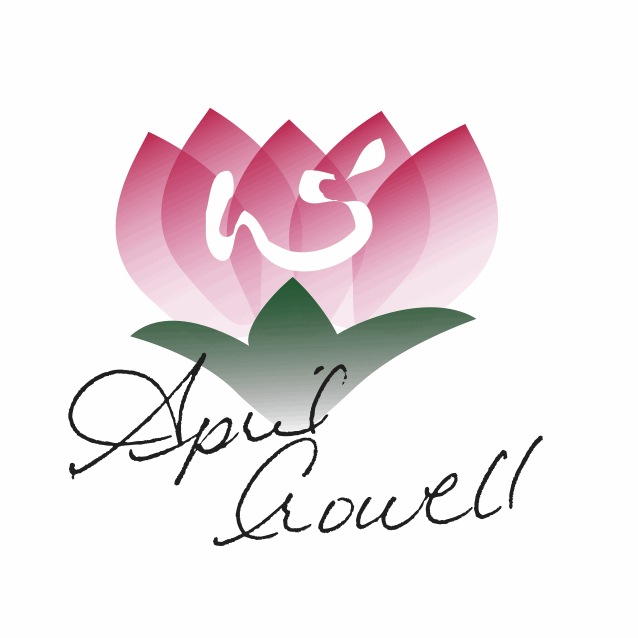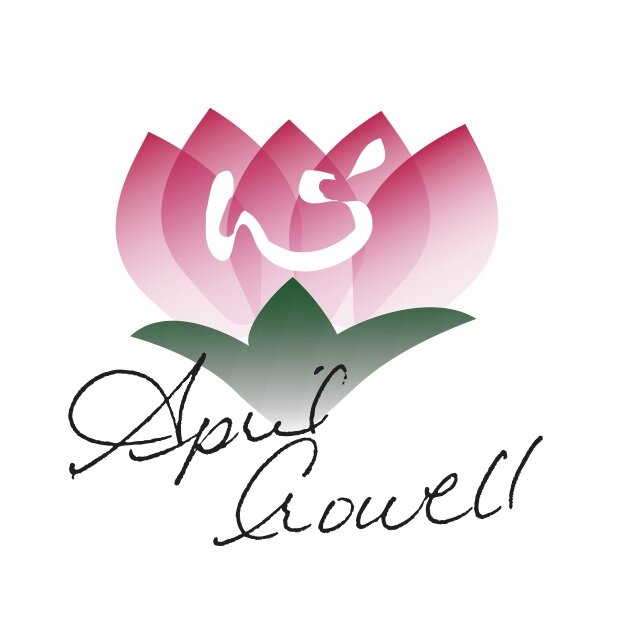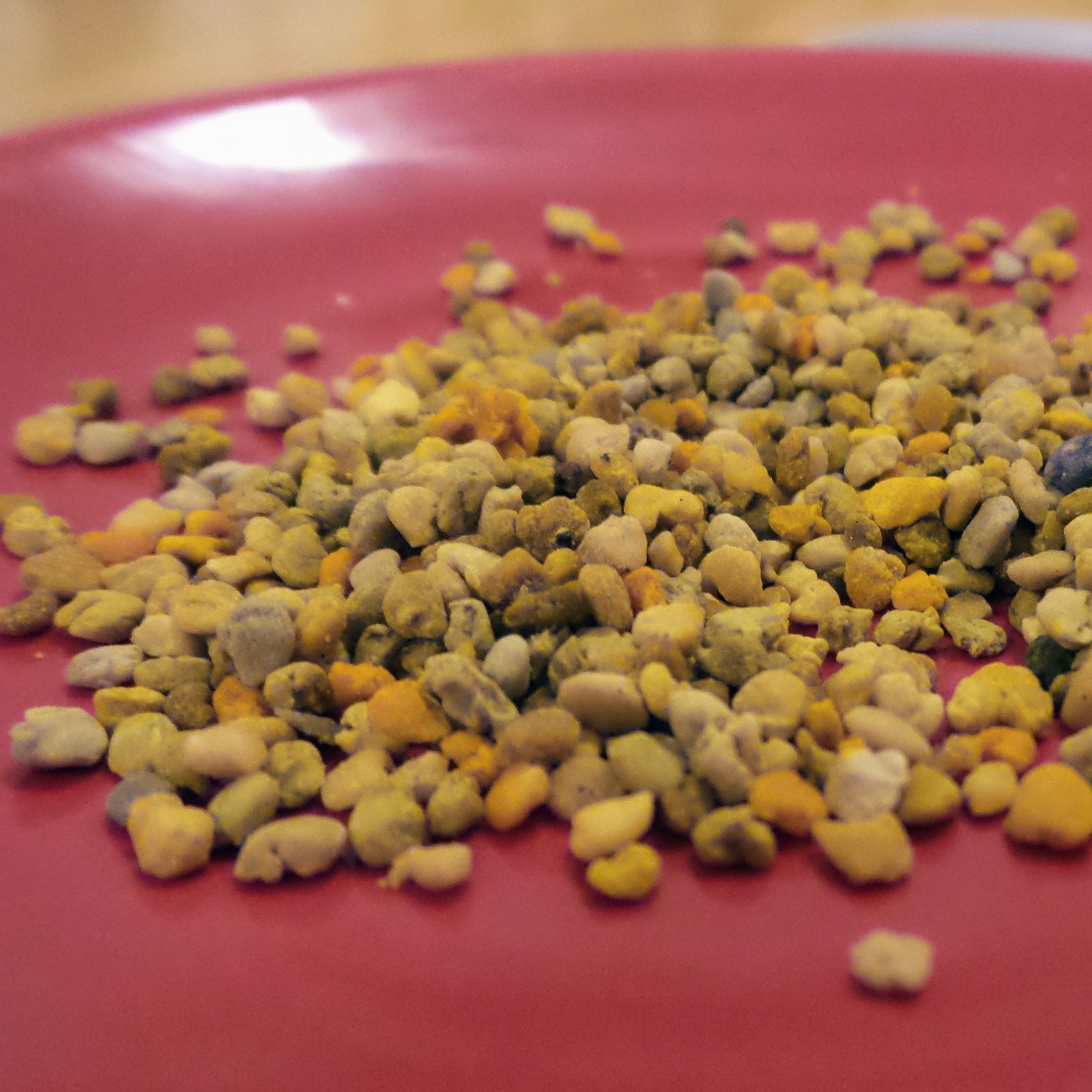Oh, Honey! Bees’ Wonderful Gifts
There are certain pursuits which, if not wholly poetic and true, do at least suggest a nobler and finer relation to nature than we know. The keeping of bees, for instance.
Henry David Thoreau
I grew up on my paternal grandparent’s farm outside of Caldwell, Idaho. Their 21 acre farm ran along Chicken Dinner Road – the name of the road a story in and of itself - was modest, yet very productive. My elder siblings and I grew up, worked and played in the small field, vegetable gardens, orchards, berry, flower patches, and the pond. It was magical in many ways.
Everywhere along the property you could hear the industrious hum of bees. Grandpa Herman’s greatest passions, along with roses and walnuts, was his bees. He lovingly doted over them, and in turn, we had magnificent honey and honeycomb. He sold honey to neighbors and taught young beekeepers. His adventures were often a great source of humor for Grandma June’s writings.
Grandpa’s bee hives would come to life every spring as soon as the first violets and snowbells appeared. The apricot and crab apple trees buzzed with life which meant that in a few weeks we would be blessed with plates of oozing honeycomb. The honey, fragrant and flavored by whatever was blooming, ranged in color from gold to nearly black. It is no wonder honey holds a dear play in my heart.
A Little Honey History
The collection of honey dates back to 7000 b.c.e. It shows up in nearly every form of medicine. Honey fell out of popularity due to the availability, people moving away from small farming, and the idea that refined white sugar was superior due its consistency in color, flavor, and ease of use. Some of this is true. You don’t have to risk stings or wait for the right season, you don’t have to manage a hive and its queen. Honey also adds a distinct flavor to whatever it goes into, another put-off to spoiled taste buds, but I digress. Working with honey is like a dance. Flavors vary with what flowers the bees had access to and you must have patience to allow honey to flow.
Like all real food, bee products hold significant medicinal properties. Western medical practices have looked down their noses at many of the pro-ported benefits of honey, propolis and royal jelly as myth and folk remedies. Most medicinal studies are funded by companies wanting to benefit their own profit—to sell their own product— so there has been little drive or reason to study honey. You can’t patent it so there is no money for big pharma — it’s here for us all. Finally, this is truly turning around and numerous peer reviewed studies and scholarly articles are showing up that confirm the “old witch of the wood’s rantings” that honey has significant medicinal properties. In a delicate side step, we can also understand that historically women shared their wisdom through story telling, poetry, and song.
Here’s a quick video that takes a glance at this ‘magic’.
For this post, we are looking at the energetic nature — the post-metabolic phenomenon — of what a food does in the body once it is ingested. Does it heat? Does it cool? Which organ does it enter, etc. Here’s a brief picture of our bees’ bounty.
Bee Pollen
Honey bees travel from flower to flower harvesting the male germ and then carry it to another plant thereby fertilizing the female germ cells.
It’s a big job and we rely on honey bees to pollinate nearly 80% of our food crops, which is a huge concern right now as colonies are crumbling. The pollen left on the bee’s body is then brought back to the hive where the bees combine it with enzymes and nectar. Bee pollen is tiny granules of gold, green and brown with a fragrant sweet flavor. Pollen is highly nutritious and provides an instant blast of energy and local pollen is commonly used to treat allergies. Try it out gently at first, start with a few granules on your tongue the first day then gradually increase to about a 1/8 tsp. If you are allergic to bees, stay clear. I keep my bee pollen in the freezer, keeping a small amount in a bowl or plate on the kitchen counter. It hangs out waiting for someone to swoop in and pick up the granules to give us a boost of energy.
Bee Propolis
Bees gather this thick gooey resin from tree bark and buds, especially from conifers. They use the resin to glue their wax together and build the hive structure. Propolis is highly antibiotic and protects the hives from bacteria and viruses. Bitter and sticky, propolis is a very effective antimicrobial and antibiotic for humans. I use it in tincture form for treating strep throat, chronic sore throat, and colds. Thank you, bees.
Royal Jelly
The food of the queen, how can it not have benefits? Royal jelly is a milky white substance excreted by the workers to feed the queen. It is superior in nutrient value to all of the other bee products and has significant adaptogenic properties. Adaptogens help the body adapt to stress, and life changes. They regulate hormones, the endocrine, cardiovascular and respiratory systems. We use it during recovery and at gentle levels over long periods of time to help rebuild and stabilize. It was a part of my own protocol to stabilize my thyroid functioning. Currently, I’m seeing good results for in post-Covid clients with royal jelly. For transparency, I’m not a research scientist and I don’t have a study going - but I’m liking what I see. From a Asian Nutrition perspective it nourishes Jing (essence) and is useful in ‘failure to grow and thrive’ patterns. It strengthens and builds, creates stamina and longevity. It’s powerful stuff and little goes a long way.
For my alumni— the book Adaptogens in Medical Herbalism: Elite Herbs and Natural Compounds for Mastering Stress, Aging, and Chronic Disease by Donald R. Yance CN MH RH(AHG) has a fantastic section on royal jelly that sites numerous studies.
Bee’s Wax
We use wonderful bee’s wax for making candles, balms, sealing wood to saturating fabric with it to make a wonderful reusable food wrap. The process is quite simple. Use pre-washed and pre-cut cotton fabric of your choice – the lighter the weight the better. Heat your oven to about 250°. On a cooking sheet lined with parchment paper spread out your material. Sprinkle with bee’s wax shavings or pellets. Heat in oven until the wax is melted. Remove from oven and use a basting brush to spread the wax. Be careful! The wax is hot and it will cool down quickly. Remove the material from the parchment and lay out to cool it down. If you missed an area just lay a little more wax over it and pop it back into the oven. You can even fold the material, layering it with wax and it will seep from one layer to another. If the wax is too heavy when it’s cooled, heat it back up and use the brush to remove the excess or lay another piece of material over it to absorb the extra. Cool and store at room temperature. Easy to wash and care for! As the wax thins on the material with repeated washing and use, simple re-saturate following the steps above.
Honey
Honey is neutral, sweet and moistens dryness. Honey (and all bee products) correlate to the Earth Element, which governs the Spleen and Stomach. It strengthens Qi (energy) and Blood and creates vitality. Our ‘delicate’ Lungs can get dry easily and honey’s slick nature quickly lubricates and moistens the tissues of the Lungs. Use for chronic dry coughs and other ‘dry lung’ disorders. Honey also helps to treat constipation if the cause is dryness. Chew on honey comb for a sweet treat. But be warned, due to its sliding nature honey is damp and is therefore contraindicated in damp and phlegm conditions like candida and obesity.
Nutritional makeup of honey – the western view
Honey is packed with vitamins and minerals including iron and manganese. It is particularly high in riboflavin and B6. One tablespoon gives you 60-65 calories, 17 grams of carbs and .1 gram of protein. Honey is highly antioxidant and studies are finding that regular consumption prevents blood lipid build up and improves circulation. Honey is also considered a superior sugar form for helping athletes maintain blood sugar levels and aiding in recuperation after endurance events.
Raw honey for wounds and scars
Raw honey is antiseptic (fights toxins) and analgesic (counters pain). Use raw honey to relieve pain from burns, scratches and bug bites. Yep, a little raw honey will ease the pain of a bee sting after the stinger is removed. Honey has long been used to heal new scars and soften old, hard scars. A recent study pitted honey against a standard combination of iodine and alcohol for healing C-section and hysterectomy wounds. The honey group healed faster and with less incidence of infection and less scarring. It is also widely used now to treat acne scarring.
Saving our pollinators
Bees are responsible for pollinating more than 3/4 of our food supplies and the fact that our bees are vanishing is greatly concerning. Colonies are collapsing due to toxins in pesticides–specifically those derived from nicotine. Although this view was suspect for many years, new proof is out and several nations have banned the use of these toxins. Sadly, America is not yet convinced that these pesticides need banned. The loss of bees would, literally, collapse our food production–not a good thing. Lists of pesticides that are known killers are readily available online.
Know what’s in your flowers
Many of us like to plant flowers to encourage the bees to come around. However, many commercially purchased blossoms may be genetically laced with herbicides that actually kill off our black and yellow friends. Make sure you know your source and seek out organic and sustainable plants. For more information on bees, check out John Hurt’s More Than Honey.
Be well,
April







